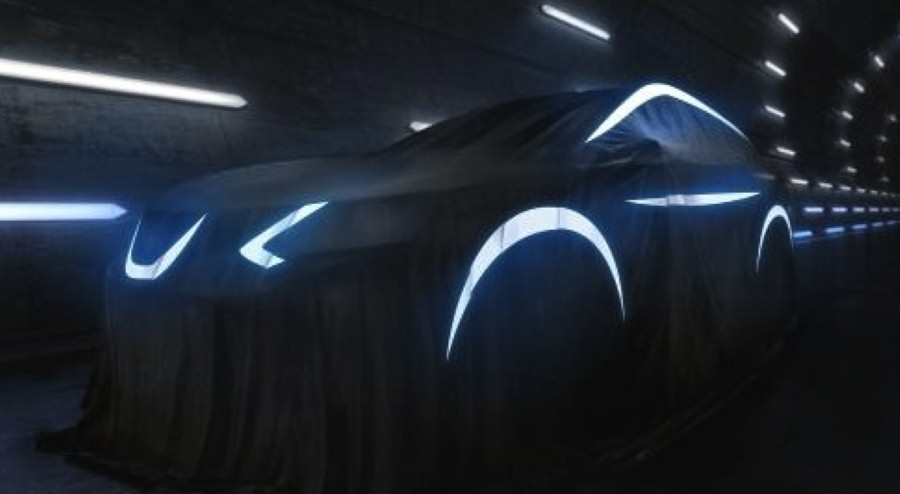Wary of the high running costs of gas-guzzling SUVs yet needing something with a little more room (and presence) than a typical family hatchback, growing numbers of motorists are turning to so-called crossovers.
As the name suggests, this type of car is essentially a hybrid, with the chasis of an SUV but the engineering of a standard vehicle. That is, while they may look like powerful 4x4s, they are in fact, front wheel-drive only, plus they are, in many cases, smaller than they first appear. This makes them not only cheaper to run but also better-suited to urban environments.
But with all the major automotive giants having long since jumped on the bandwagon and launched crossovers of their own, choosing the right one for you is no easy task. Here we present the top five crossovers on the road right now, along with the pros and potential cons of each:
Nissan Qashqai: Despite the fact most drivers struggle to pronounce its name, the Qashqai has proven a big hit with motorists right across Europe since its launch heralded the emergence of the crossover model.
And it's easy to see why Nissan's trailblazer has been so successful. The original mean, bulky look has been progressively tamed, and newer models are positively sleek and chic in appearance. Similarly, the interior has been steadily improved, meaning it offers a comfortable and stylish city centre ride, with plenty of room for the whole family, the weekly shopping and much more.
But it's underneath that the Qashqai made its name and continues to stand out from the crowd. The front-wheel drive design means it feels like a driving a standard car, while, despite being bulky, the 1.5-litre engine emits just 99g of CO2 per kilometre, making it one of the most cost effective and environmentally-friendly cars out there. Plus, extras such as lane-departure warning and collision prevention technology make it especially attractive to safety-conscious families, while the fact that a brand new one can be snapped up for under £20,000 appeals to the savvy consumer.
Skoda Yeti: Just like the Nissan stalwart, Skoda's take on the crossover proved an immediate hit with drivers looking for practicality but not wanting to sacrifice comfort or style.
As with all Skodas, reliability is key here. The Yeti exudes solid build quality and the interior is practical rather than showy. Plus, bought news, drivers can benefit from a market-leading warranty package should anything go wrong.
However, the biggest thing going for the Yeti is most definitely its efficiency. Harnessing the latest engine technology from Volkswagen, the Greenline TDI model can get up to 60 miles per gallon, with carbon emission levels similarly impressive. As with almost all other crossovers, the Yeti is available as a full four-wheel drive, though urban handling and fuel efficiency inevitably suffer.
Citroen C4 Cactus: What Nissan started, Citroen took to new levels, making their C4 as sleek and eye-catching as possible without neglecting what's going on under the hood.
The C4 Cactus in particular is designed to stand out from the crowd, with inflated plastic strips down each side. Far from being simply quirky, these are designed to protect the car from parking dings and other scrapes, a common annoyance of the city driver. Other ways Citroen have made an effort to appeal to the modern urban motorist include the provision of acres of storage space right throughout the car, plus, despite appearances, the ride experience is focused on comfort rather than speed.
One other thing in the C4's favour is price. Not only is, at £13,000, the forecourt price of a basic model highly competitive, the petrol engine offers a smooth ride and is designed to keep both emissions and the cost of filling the tank up down.
Dacia Duster: Inevitably, as well as top brands muscling in on the market (think Audi and even Porsche) so too have automakers at the other end of the market produced their own crossovers.
When it comes to affordability, few can rival the Duster from Dacia. Here, practicality rather than speed or even looks is the focus. So, while the Duster may not be the most stylish car on the city centre road, and while the interior trim may be as basic as it gets, a brand new standard model can be purchased for less than £10,000.
And it's not just the price tag that the Dacia has going for it. The large amounts of interior space make it a great option for families, plus the two-wheel drive design make it easy to handle around urban streets.
MINI Countryman: Proving that crossovers needn’t look like miniature tanks,
MINI has taken its classic Countryman and bulked it up a little, with stunning results.
This future classic offers the looks of the iconic Mini with much more space that the classic version. In fact, with 350 litres of space in the boot, it offers better storage than many standard cars. Other plus points of this crossover include excellent fuel efficiency, especially with the diesel versions. According to its makers, the Cooper D offers 64.2 miles per the gallon, while also emitting just 115g of CO2 per kilometre.
But, perhaps the best thing about this crossover, is that, quite simply, it looks great and it's fun to drive, which is what, for many, urban motoring should all be about!
